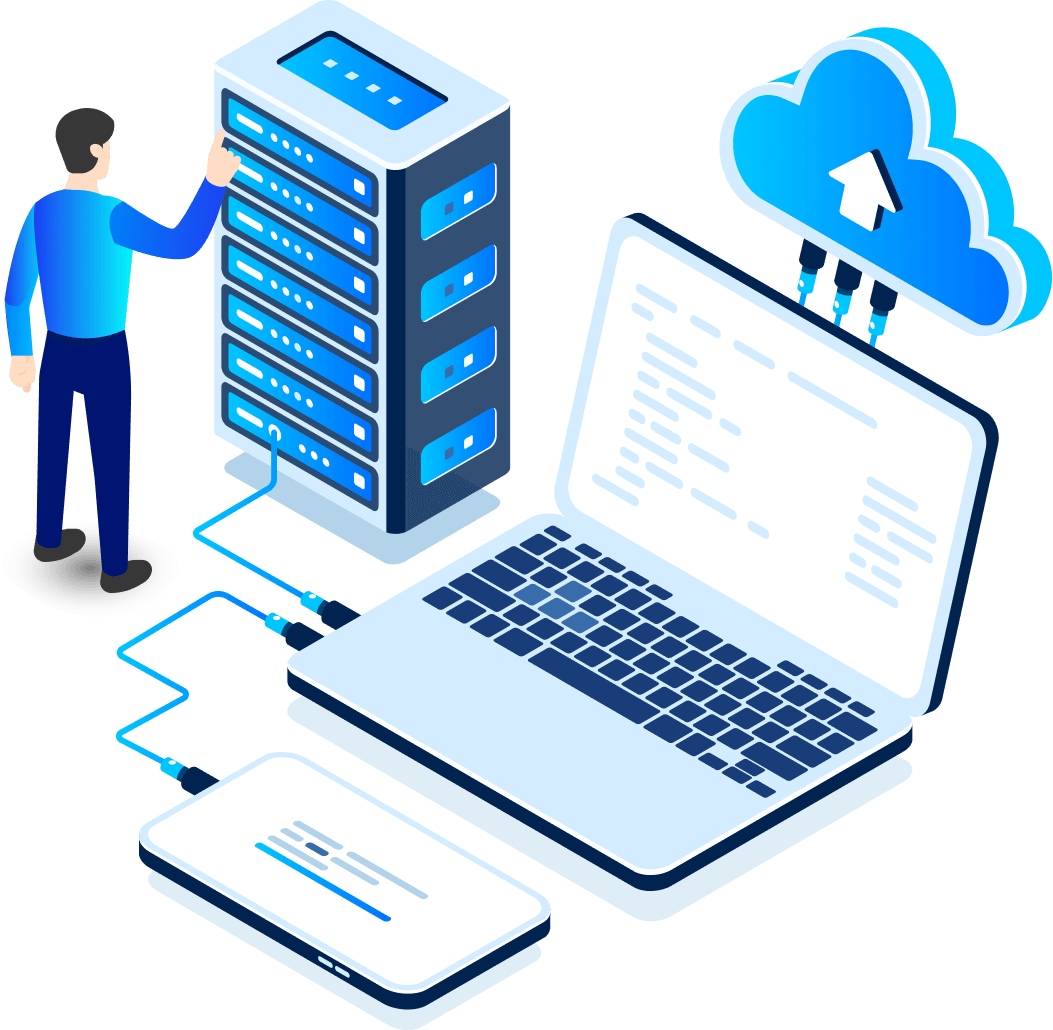
Video content has become one of the most valuable sources of training data for modern AI models. From understanding motion and facial expressions to interpreting context across time, videos provide rich, dynamic information that static images simply can’t offer. But collecting large volumes of video from platforms like YouTube or TikTok isn’t as simple as hitting “download.” Sites impose rate limits, geo-restrictions, and aggressive anti-bot systems — all of which can stall or block your data pipeline. That’s where proxies come in.
In this article, we’ll explain why proxies are a must-have tool for AI video scraping and how to set up a reliable, large-scale data collection workflow without running into walls.
ProxyCompass provides fast datacenter proxies with unlimited bandwidth and full support for HTTP(S) and SOCKS5 — ideal for collecting large volumes of video content.
➡️ Browse our proxy plans
➡️ Run a free proxy test to make sure everything works before you buy
What Kind of Video Data Is Collected for AI
AI developers collect video data to train models in a wide range of tasks — from object tracking and action recognition to gesture interpretation and emotion detection. Most video scraping efforts focus on platforms with massive user-generated content libraries, including:
- YouTube — tutorials, vlogs, interviews, and educational content
- TikTok — short-form clips ideal for training on human behavior and motion
- Instagram & Facebook — casual, real-life scenarios and facial expressions
- Twitch — continuous real-time video useful for long-form sequence modeling
Besides the videos themselves, scraping often includes:
- Subtitles and transcripts — to train speech or language models
- Metadata — such as titles, descriptions, upload dates, and tags
- Engagement data — likes, views, and comments to infer content popularity or context
All this content is used to build robust AI systems that can interpret video in a more human-like way.
Challenges in Video Scraping Without Proxies
Trying to collect video data at scale without proxies quickly runs into problems. Most major platforms are designed to detect and throttle non-human traffic. Here's what typically happens:
- IP bans and rate limiting
Repeated requests from the same IP — especially when downloading multiple videos or large playlists — often trigger automatic blocks or severe speed throttling. - Geo-restricted content
Some videos are only available in specific countries. Without the ability to switch IP locations, you're locked out of large parts of the dataset. - Slow download speeds
Platforms may limit bandwidth per connection, especially for traffic they suspect is automated. This makes large-scale scraping painfully slow. - Failed requests and captchas
Frequent errors, timeouts, or captcha challenges break automation scripts and disrupt the scraping pipeline.
In short, without proxies, collecting meaningful volumes of video data becomes unstable, inefficient, and often impossible.
Why Datacenter Proxies Are the Best Choice
For video scraping at scale, datacenter proxies are the most practical and effective option. They offer exactly what’s needed for high-volume tasks:
- Maximum speed
Video files are large. Downloading them efficiently requires stable, high-throughput connections. DC proxies deliver the fastest possible performance — ideal for processing hundreds or thousands of videos. - No bandwidth limits
With DC proxies, you’re not charged per gigabyte like with residential options. This makes it feasible to download terabytes of data without worrying about cost spikes. - Cost-effective IPs
Datacenter IPs are significantly cheaper than residential ones. When you need to scale up with dozens or hundreds of simultaneous connections, the savings are substantial. - Consistent availability
DC proxies typically come from reliable server farms with uptime guarantees, which is critical for uninterrupted scraping operations.
If the goal is to gather video content quickly, reliably, and affordably — datacenter proxies are the clear choice.
Example: Using YT-DLP with Proxies
One of the most popular tools for downloading videos at scale is yt-dlp — a powerful command-line utility that supports hundreds of platforms, including YouTube, TikTok, Facebook, and more.
How to install YT-DLP
If you're just getting started, here's a quick setup guide (video tutorial):
Make sure Python is installed, then follow the steps to install yt-dlp globally or inside a virtual environment.
Example with a SOCKS5 datacenter proxy:
yt-dlp "https://www.youtube.com/watch?v=example" \
--proxy socks5://username:password@proxy-ip:port \
-f bestvideo+bestaudio \
--write-info-json --write-sub --write-thumbnailThis command:
- Downloads the best available video and audio
- Uses a SOCKS5 proxy for the connection
- Saves metadata, subtitles, and thumbnail image
Scalable usage:
You can feed yt-dlp a text file with hundreds of video URLs and run multiple parallel workers, each using a different proxy from your DC proxy package. This setup drastically increases throughput and bypasses platform limitations.
Final Thoughts
Scraping video content for AI training is a high-volume, high-demand process. Without the right tools, it's easy to run into technical barriers — rate limits, IP bans, and slow downloads. Datacenter proxies solve these problems by giving you speed, scale, and stability at the lowest possible cost.
If you’re planning to build your own dataset or automate large-scale video collection, there’s no better option than DC proxies.
ProxyCompass offers high-speed datacenter proxies with unlimited bandwidth and support for both HTTP(S) and SOCKS5 — perfect for tasks like video scraping.
➡️ Explore pricing packages
➡️ Try our free proxy test and ensure everything works smoothly before you commit





